There are few places on the Earth where humans have not left a mark of some kind. An estimated 95% of our planet's landmass – not including Antarctica, even though humanity has left its imprint there, too – now show some signs of human activity. About 16% of that land has been heavily modified, according to one recent analysis.
Urban development, large-scale engineering works and mining projects are reshaping entire landscapes, while deforestation and agriculture are altering entire ecosystems. Pollution produced by humans can be found in almost every corner of our planet.
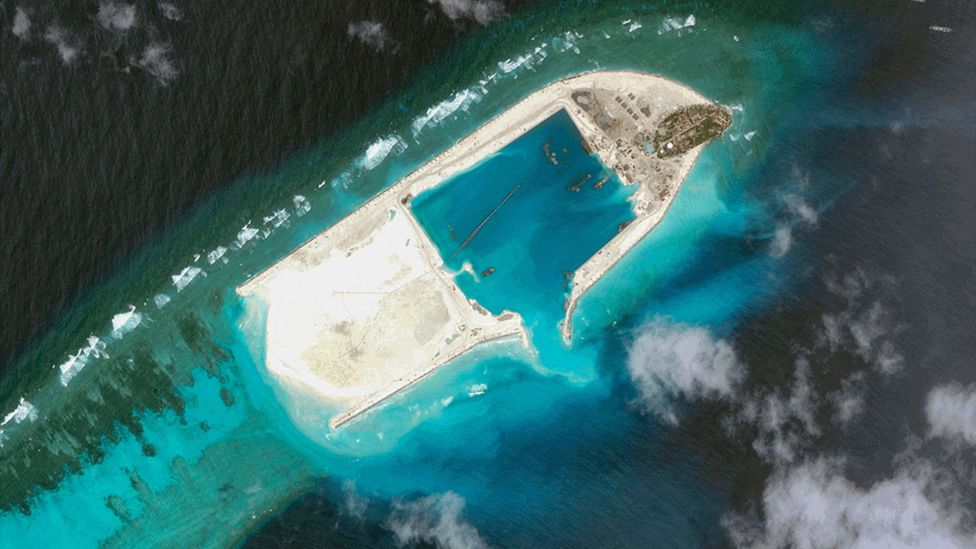
Pearson Reef – also known as Phan Vinh Island – is now many times its original size following suction dredging by Vietnam (Credit: Maxar Technologies)
Just two years ago, Pearson Reef in the South China Sea was little more than a tiny atoll among more than 100 reefs and specks of sand-covered coral – when viewed from space – that make up the Spratly Islands (see the image below to see how it looked in 2021). But Vietnam, which has occupied the island since the late 1970s, embarked on a major enlargement project towards the end of 2021. By dredging and landfilling, the country has added 163 acres (66ha) of land to the island, and created a sheltered harbour in the middle of the reef, which can be seen in this satellite image above taken in August 2023.
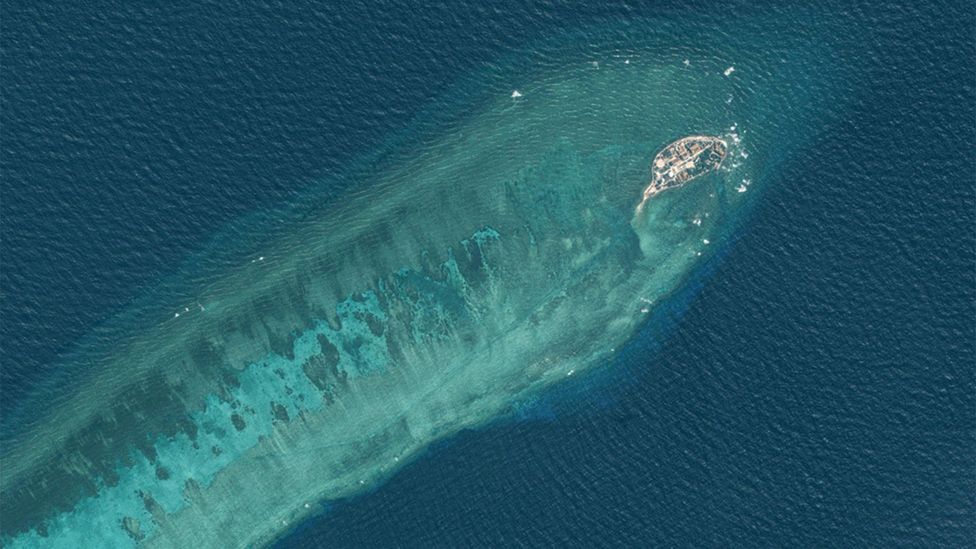
Pearson Reef was just a tiny speck of land at the tip of a submerged reef in April 2021 (Credit: Maxar Technologies)
The development of Pearson Island is just one of a number land-building projects that Vietnam has undertaken in the Spratly Islands since 2021. A number of nations, including China, the Philippines and Taiwan, have claimed the islands, and they are now at the centre of growing tensions between the nations. In 2023 Vietnam created an additional 330 acres (133ha) of land on five new island outposts in the Spratlys, according to the Centre for Strategic International Studies' Asia Maritime Transparency Initiative, which monitors the marine environment in the area. It claims that 6,200 acres (2,150ha) of coral reef have been destroyed in the past decade by island building in the South China Sea, with the majority being done by China. It has built several military bases on newly constructed islands, including a major airbase.
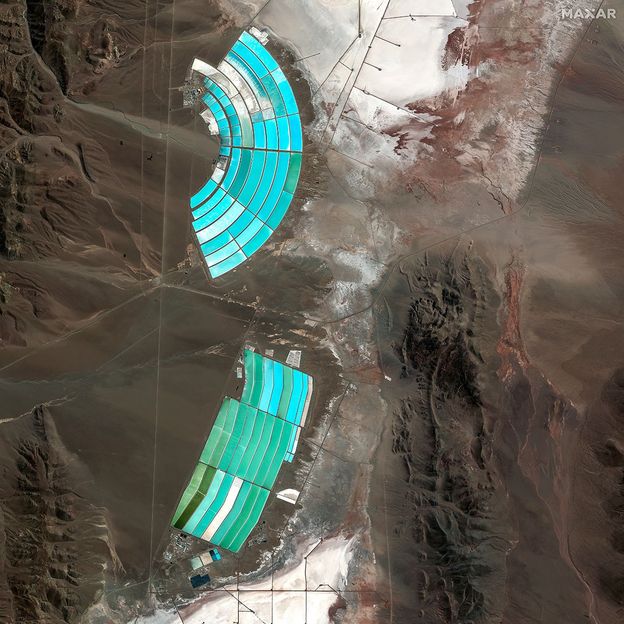
The Cauchari-Olaroz lithium mine in Argentina's Jujuy Province was one of a number of new operations to open in 2023 amid growing demand for the metal (Credit: Maxar Technologies)
The growth in electric vehicles and other battery-powered devices, demand for lithium has soared in recent years. But warnings of an impending shortage of this critical metal in years to come has prompted a scrabble to open new mines to extract it. Among those to begin operations in 2023 was the Cauchari-Olaroz project in Argentina's Jujuy Province. The bright-green evaporation ponds are clearly visible in this satellite image from Maxar Technologies. The lithium is extracted from the salt of the South American salars – salt flats – by turning it into a brine that is then evaporated to concentrate the lithium.
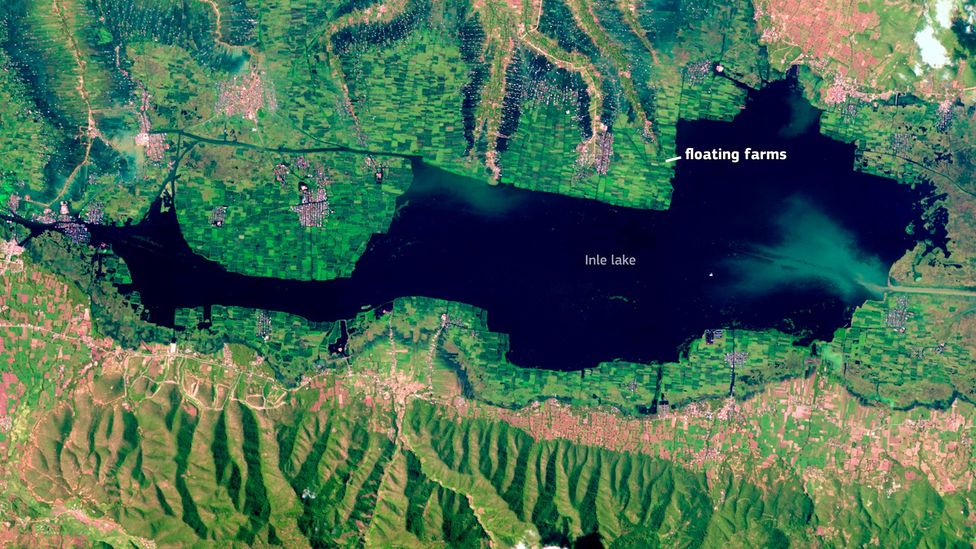
Floating farms have dramatically decreased the surface areas of Inle Lake in Myanmar (Credit: EU/Copernicus Sentinel-2)
In the Shan Mountains of eastern Myanmar, shifting agricultural practices have transformed the surface of Inle Lake. Recognised as a Unesco World Heritage Site, the lake is famous for floating gardens created by the villagers who live along its shores, as well as fishermen who row with their legs. But a growth in the large scale aquaculture of tomatoes has dramatically decreased the surface area of the lake.
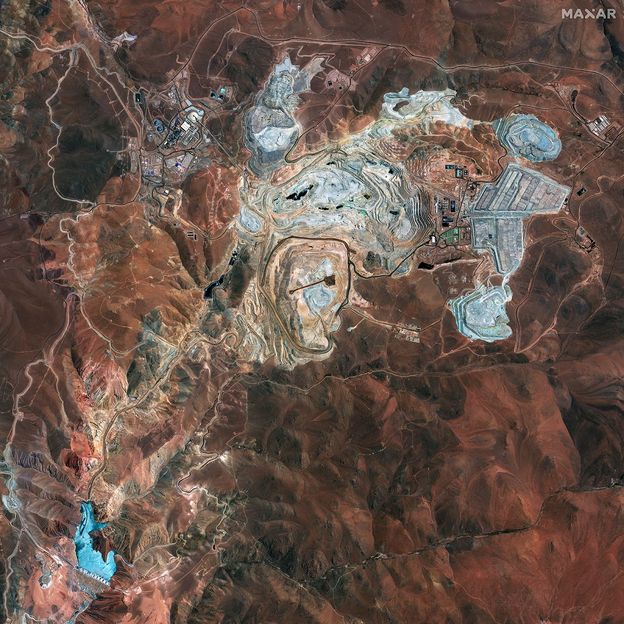
The Quebrada Blanca open pit copper mine in the Tarapacá region of northern Chile expanded its operations in 2023 (Credit: Maxar Technologies)
High in the Andes mountains, at an altitude of around 4,400m (14,000ft) – a huge hole has been opening up in the ground. This is the Quebrada Blanca open pit copper mine, which expanded its operations in 2023. The companies that run the mine hope to produce 300,000 tonnes of copper a year from it.

Water levels in the Kakhovka Reservoir in Ukraine have fallen drastically after its dam was destroyed, causing widespread ecological damage (Credit: Getty Images)
On 6 June 2023, a series of early morning blasts cracked open the Kakhovka Dam, causing water to surge into the Dnipro River and leading to severe flooding downstream in the days that followed. Ukraine's military accused Russia of deliberately blowing up the dam, while Russia blamed the Ukrainians. Without the dam to hold back the water, the landscape both above and below the dam was transformed over the months that followed. A network of canals that were fed by the reservoir ran dry during the summer and leaving those working in the surrounding farmland struggling to irrigate their crops.

Following the dam breach, the water behind the Kakhovka dam rushed downstream as the reservoir emptied (Credit: Nasa)
Before the explosions, the water levels in the Kakhovka Reservoir were the highest they had been in a number of years, but after the dam was breached, it almost dried up. An assessment by the UN Environment Programme described the damage as a "far-reaching environmental disaster" that would stretch far beyond Ukraine's borders. The reservoir itself had been a fully functioning ecosystem that was decimated, while flooding downstream caused considerable damage to natural habitats and plant communities. The organisation warned that the damage caused by the breach of the dam was likely to be "irreversible".

The Al Dhafra Solar Power Project in the UAE spans more than 20 sq km (7.7 sq miles) of desert (Credit: Maxar Technologies)
A patch of desert located 35km (13 miles) from Abu Dhabi has been transformed into the world's largest single-site solar power plant. More than four million solar panels point skywards at the Al Dhafra Solar Power Project, which is capable of generating enough electricity for almost 200,000 homes.
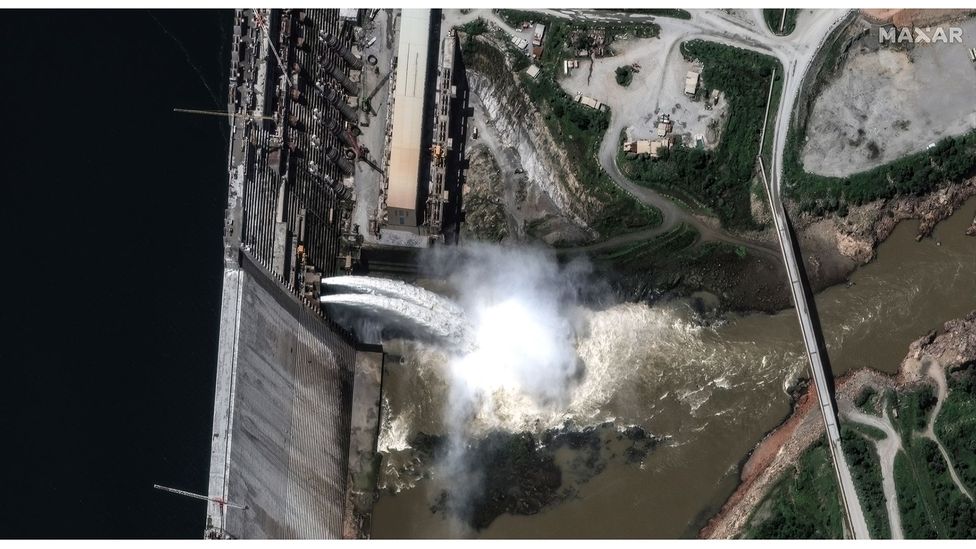
Ethiopia filled the dam over the course of three years, raising fears it might affect the supply of water needed for irrigation downstream (Credit: Maxar Technologies)
In September 2023, Ethiopia announced it had successfully filled its Grand Ethiopian Renaissance Dam on the Blue Nile. But the news angered nations downstream, with Egypt accusing Ethiopia of threatening its supply of water. The dam, which Ethiopia wants to use to produce electricity, has been a hugely controversial issue, as it could also give the country's government control over its neighbours' water supply.
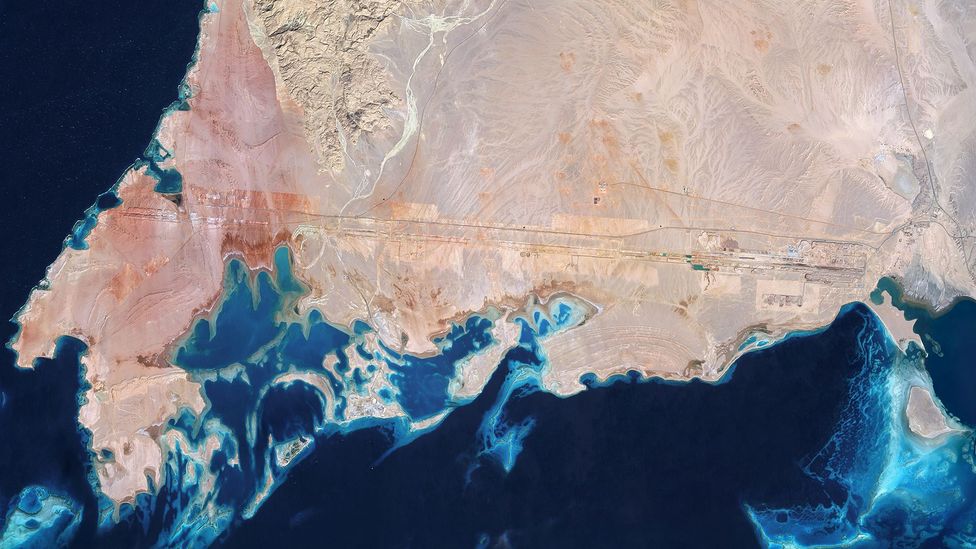
Construction has started on The Line in Neom, Saudi Arabia (Credit: Getty Images)
Stretching like an enormous scar across the desert are the foundations of a portion of The Line – a 170km (105 miles)-long city being constructed in Neom, a huge territory on the west coast of Saudi Arabia. Construction work on the project – which Saudi Arabia has been keen to promote as a high-tech eco-city that will be the "blueprint for tomorrow" – can be seen at one end of a road stretching between Gayal and Ras Al Sheikh Al Hamid. Some critics have also questioned the planned city's green credentials.
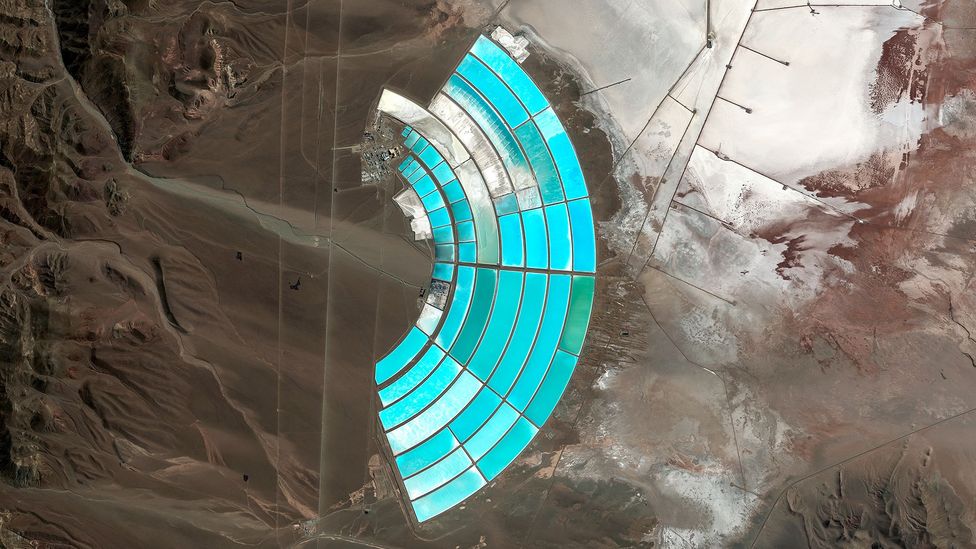
Comments
Post a Comment